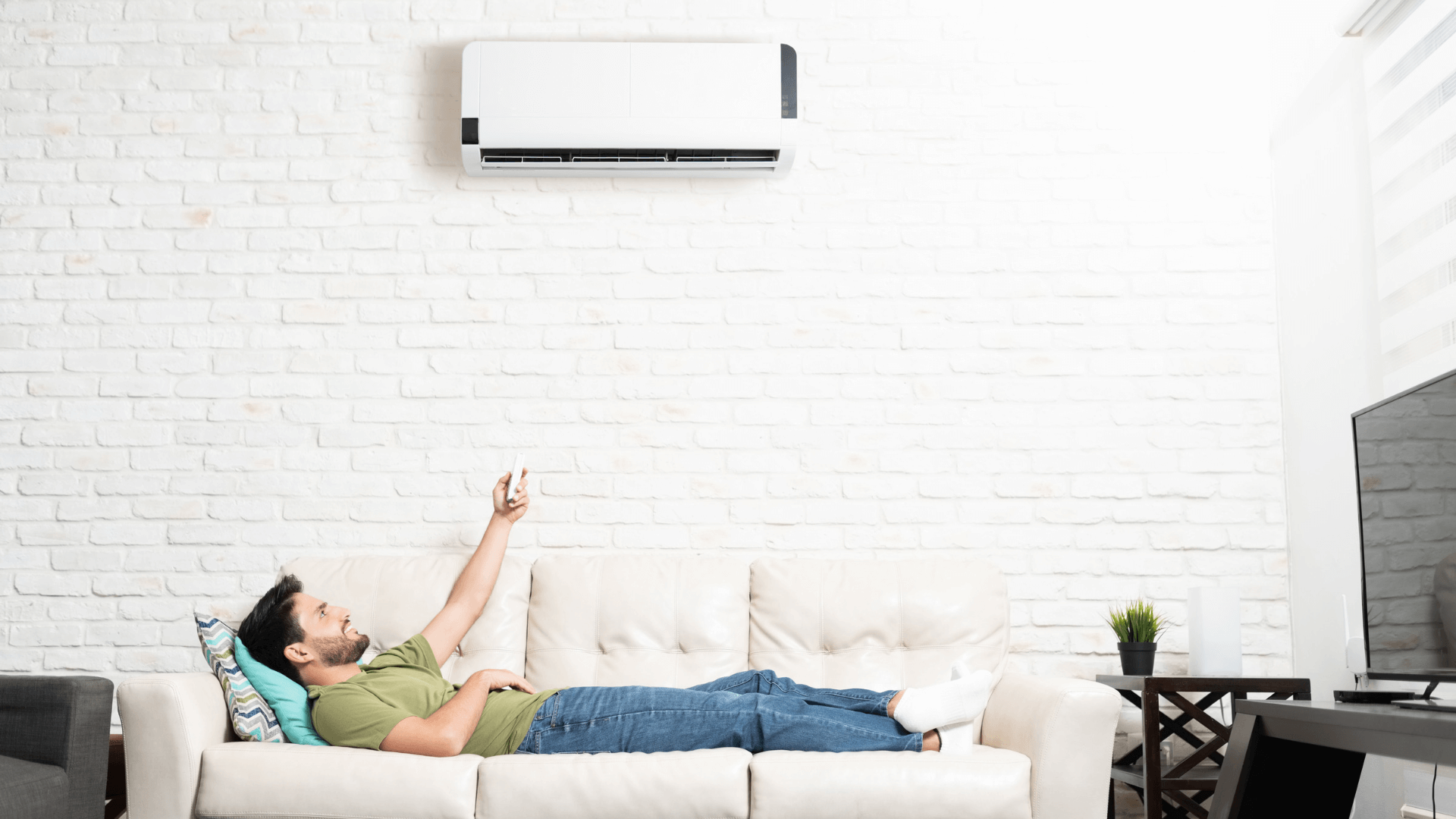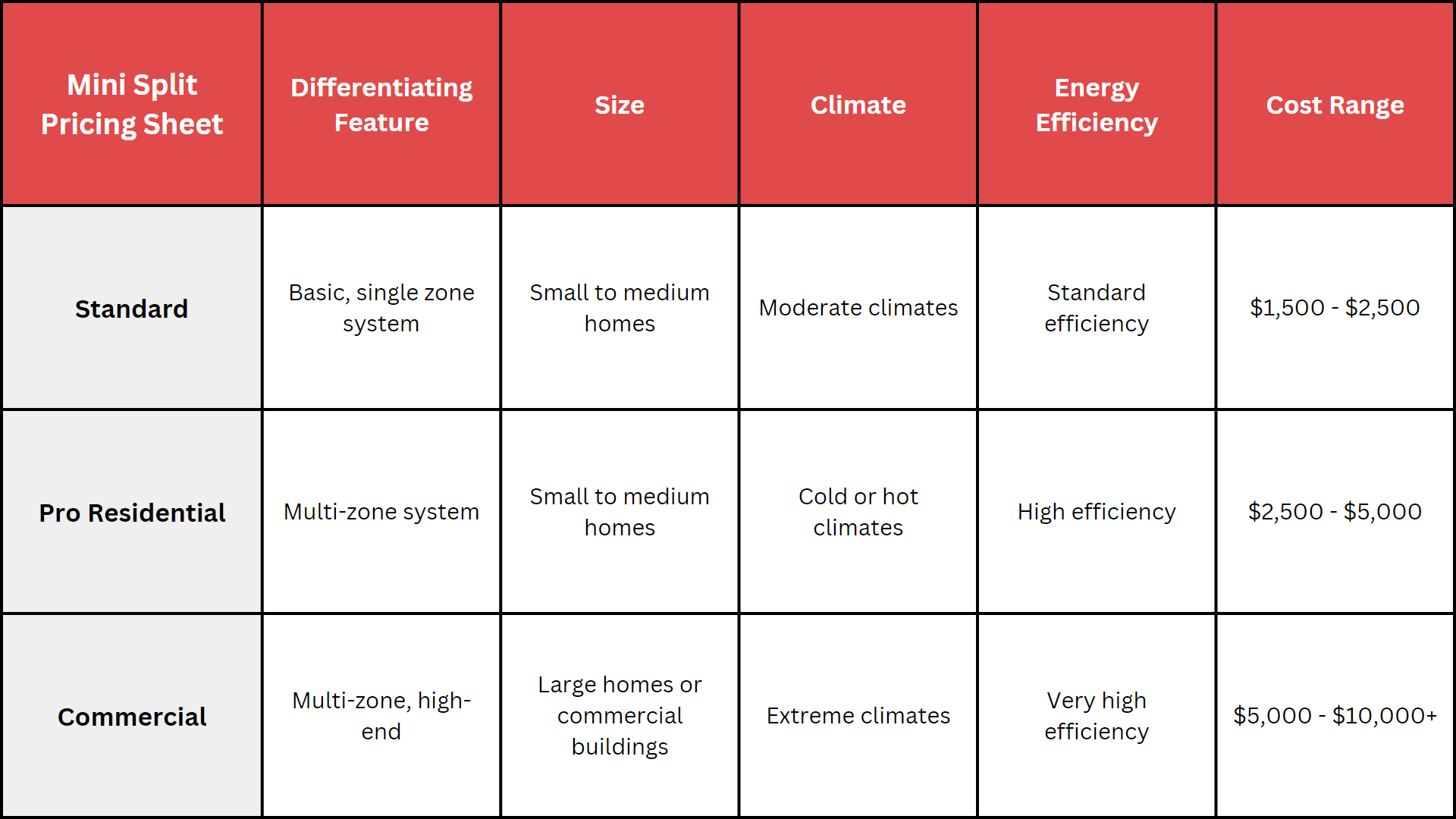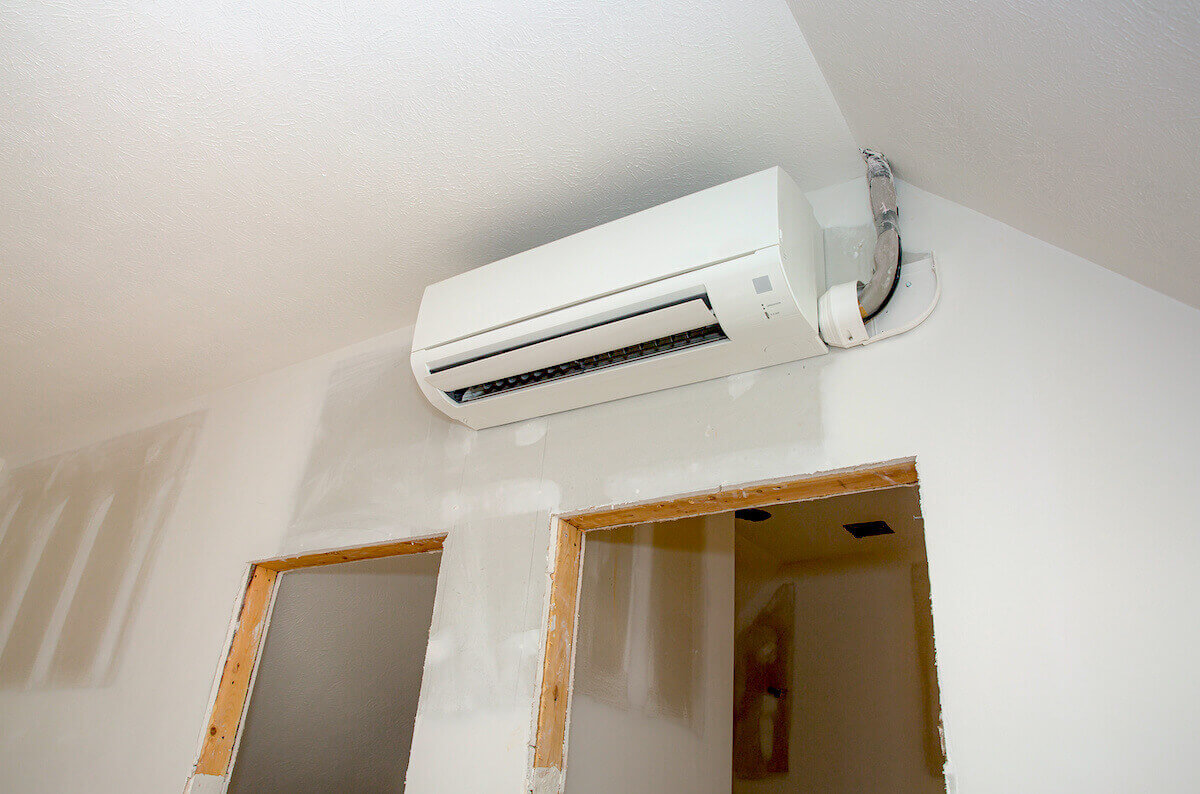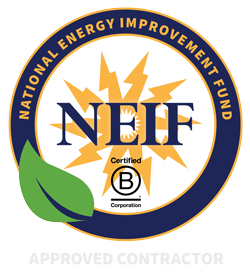Heating Options for this Fall
- Heating
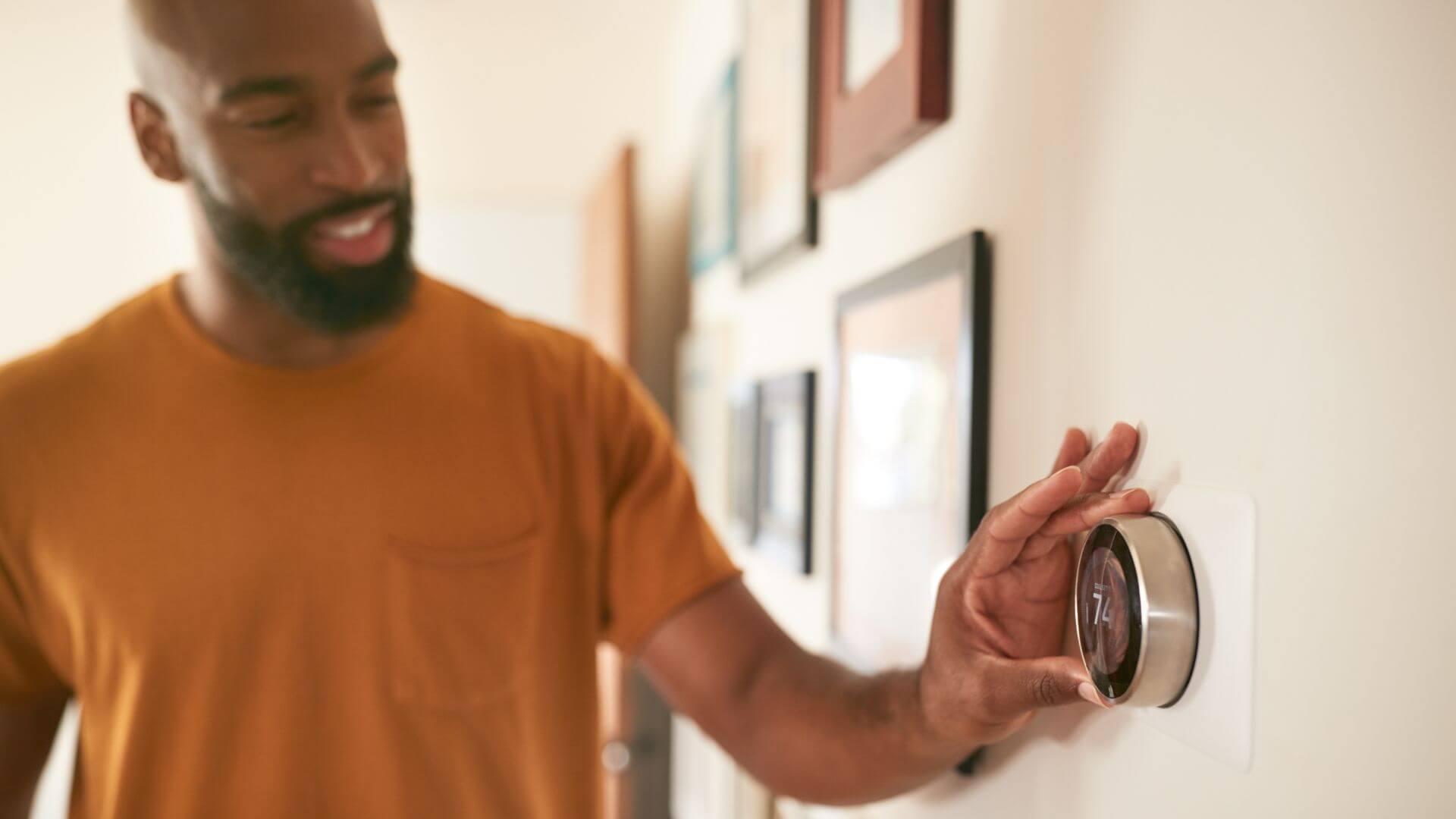
As the leaves start to change and the temperature drops, it’s time to prepare for the upcoming fall season. The transition from the cooling season can be a smooth one if you have the right heating system in place. In this blog, we’ll explore various solutions, including forced air heating, furnaces, boilers, heat pumps, ductless mini-split systems, and geothermal options. We’ll also discuss the benefits of each type of system and provide a list of considerations to help you choose the right one for your needs. North Shore Home Energy can help you make the best decision when it comes to heating solutions. Check out our services!
The Transition from Cooling Season
As summer fades away, it’s crucial to prepare your home for the colder months ahead. The first step in this transition is to assess your heating system and make any necessary upgrades or repairs. This ensures that you’ll stay warm and comfortable throughout the fall and winter. While a simple system tune-up will usually get us through the cooler seasons, sometimes we need to replace our heating systems entirely. Realizing you need a whole new system can be overwhelming.
Heating Options for this Fall
Between the different options, various benefits, and personal considerations, choosing the right heating solutions for your home or business is a huge task. Luckily at North Shore Home Energy, our professionals make this decision easy. To aid your decision let’s look into the different options:
- Forced Air: This popular system uses a furnace to heat air, which is then distributed throughout your home via ductwork.
- Gas furnaces: Gas furnaces work by burning natural gas to heat a heat exchanger, and then a blower circulates the warmed air through your home’s ducts.
- Electric furnaces: Electric Furnaces use electric heating elements to generate heat, and a blower circulates the heated air throughout your home.
- Boilers: Boilers use water or steam to heat your home.
- Heat Pumps: Heat pumps are versatile systems that can both heat and cool your home.
- Ductless Mini-Split Systems: If you want a solution that doesn’t require ductwork, consider ductless mini-split systems.
- Geothermal Heating: Geothermal systems utilize the earth’s natural heat to warm your home.
Benefits of Different Types of Heating Systems
Each system has its unique advantages:
- Forced air heating and furnaces provide quick and even heating, making it a reliable choice for many homeowners.
- Gas furnaces are known for their efficiency, while electric furnaces are easy to install and maintain. Both options can keep your home warm during the colder months.
- Boilers are known for their energy efficiency and even heating distribution. If you prefer radiant heating, boilers might be the right choice for you.
- Heat pumps are energy-efficient and environmentally friendly, making them an excellent choice for those looking to reduce their carbon footprint and increase cost savings.
- Ductless mini-split systems offer zone heating and cooling, making it easy to control the temperature in different areas of your home.
- Geothermal heating is highly efficient and environmentally friendly, though geothermal heating may require a significant upfront investment.
Choosing the Right Heating System
The type of system is not the only thing to consider when you need a new heating solution. Like putting in any new appliance you want to consider all of your needs. When selecting a new system for your home, consider the following factors:
- Size of your home: Ensure the system can adequately heat your entire space.
- Energy efficiency: Look for systems with high-efficiency ratings to reduce energy bills.
- Fuel type: Decide between gas, electric, or alternative fuels based on availability and cost.
- Installation and maintenance costs: Consider both upfront and long-term expenses.
- Environmental impact: Opt for eco-friendly options if sustainability is a priority.
Professional Heating Services with North Shore Home Energy
To ensure your heating system is in top condition for fall and winter, trust North Shore Home Energy for professional services. Our experienced technicians can perform inspections, maintenance, repairs, and installations to keep your home cozy throughout the season. With our expertise, you can rest easy knowing your system is in good hands.
Fall Heating Checklist
When fall comes around the corner, making sure your heating system is up to date is extremely important. Even if you have a brand-new system, you should always check out its functionality. You can even have your technician double-check your system when they first install it! Before the cold weather sets in, use this checklist to prepare your system:
- Schedule a professional inspection and maintenance service.
- Replace air filters to ensure proper airflow.
- Check thermostat settings and replace batteries if needed.
- Seal any drafts or gaps in your home’s insulation.
- Clear debris from outdoor heat pump units.
Stay Warm and Cozy this Fall
Choosing the right system is essential for a comfortable fall and winter season. Whether you opt for forced air heating, a furnace, a boiler, a heat pump, a ductless mini-split, or geothermal options, each option has its benefits. Consider your home’s size, energy efficiency, fuel type, cost considerations, and environmental impact when making your decision. And don’t forget to schedule professional heating services with North Shore Home Energy to ensure your system is ready to keep you warm and cozy. With the right solutions in place, you can look forward to a comfortable and enjoyable fall season.
Check out our Google Reviews!

